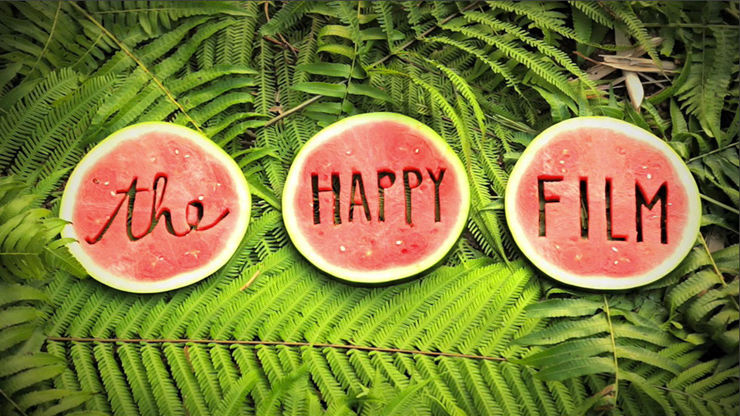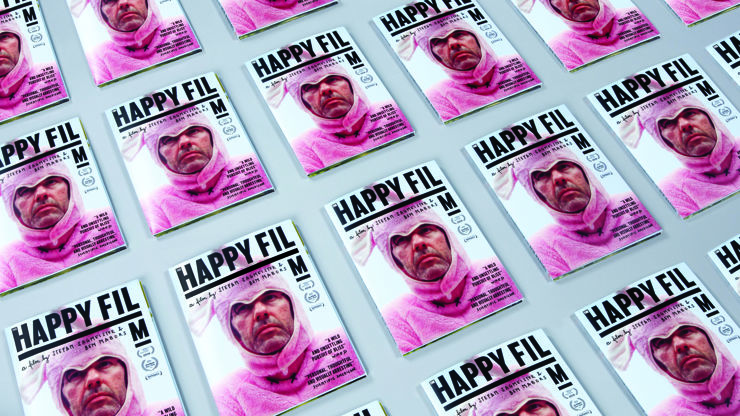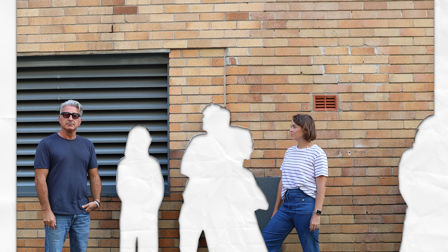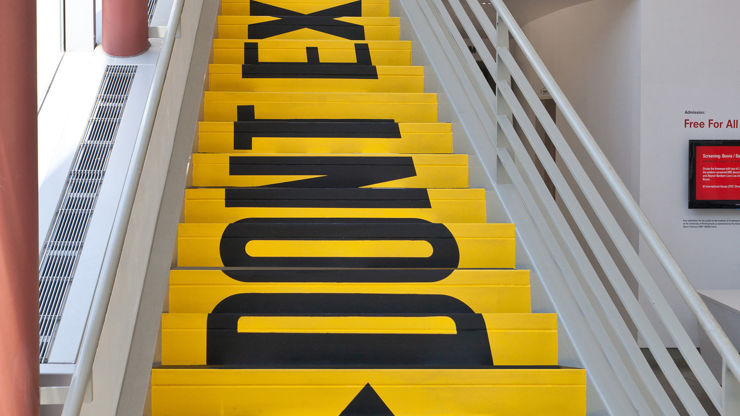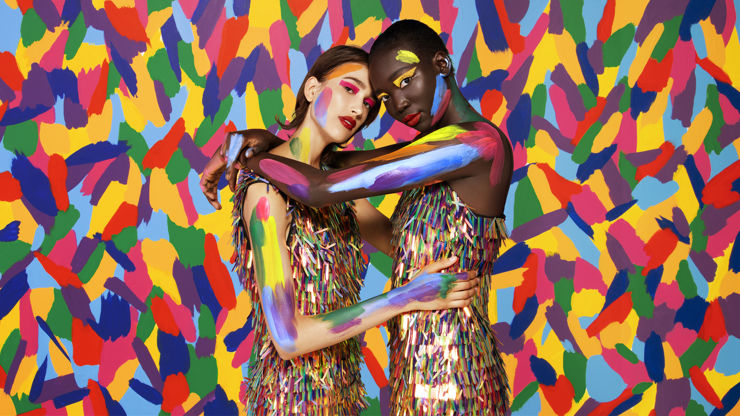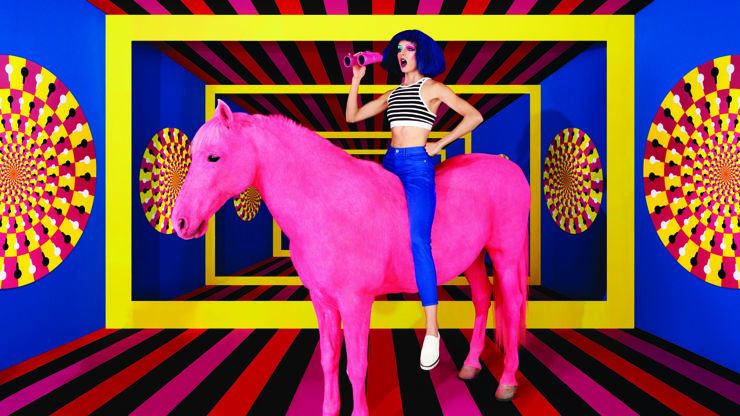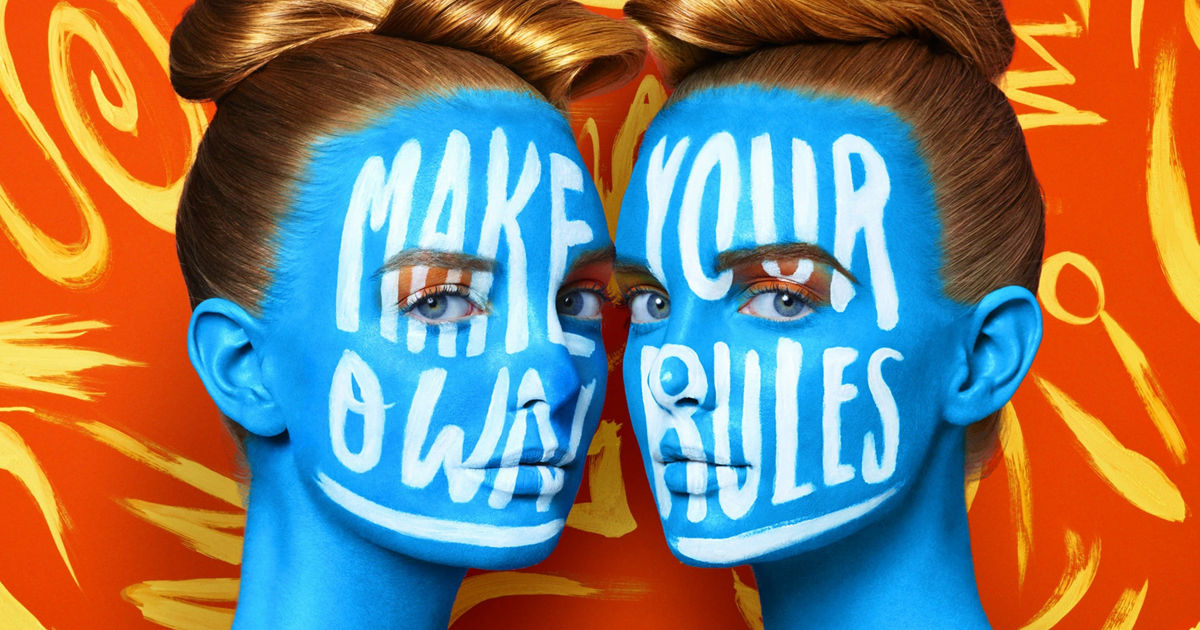Meisters of Design: Sagmeister & Walsh
Stefan Sagmeister rose to fame with CD covers for Lou Reed, David Byrne and The Rolling Stones. Now, with agency partner Jessica Walsh, he is leading a new wave of emotionally intelligent creativity. He tells Daniel Huntley about the pair’s random and radical design philosophy.
Led by the iconic, self-styled “rock star designer” Stefan Sagmeister, and his young employee-turned-partner Jessica Walsh, New York-based creative agency Sagmeister & Walsh is a full-service studio offering strategy, design and production across all platforms, creating brand identities, campaigns, commercials, websites, apps, books, environments, social strategy and content… and more.
The agency is known for combining playful and intriguing creative design with provocative subject matter. It’s a reputation that has attracted a slew of top corporate brands, including Snapchat, BMW, The Gap, Pepsi, HBO and Adobe, to name just a few.
With such an impressive client roster, you might think there’s some mysterious secret to the agency’s success. But when asked, Sagmeister replies that “there is no secret sauce. We are just emotional human beings trying to create things for other emotional human beings.”
As Sagmeister & Walsh are a small-scale studio, you may wonder how the creative process there differs from that at larger agencies. Sagmeister offers an unusual explanation: “A process that I’ve been using often comes from the Maltese philosopher Edward de Bono, who suggests starting to think about an idea for a particular project by taking a random object as point of departure. Let’s say I have to design a pen. Instead of looking at all other pens and thinking about how pens are used and who my target audience is etc, I start thinking about pens using… [he looks around the hotel room for a random object] bedspreads.
Ok, hotel bedspreads are… sticky… contain a lot of bacteria… Would it be possible to design a pen that is thermosensitive, so it changes colours where I touch it? Yes, that could actually be nice: an all-black pen, which becomes yellow on the touching points of fingers and hands. Not so bad, considering it took me all of 30 seconds. “Of course, the reason this works is because de Bono’s method forces the brain to start out at new and different points, preventing it from falling into a familiar groove it has formed before.”
Leading on from this, Sagmeister lists some other curious sources of inspiration: “I’m consistently inspired by music lyrics, train rides, empty hotel rooms, art museums and objects that have nothing to do with the project I’m working on.”
The pursuit of happiness
It’s no surprise that, as heads of an image-based, visually-led agency, both Sagmeister and Walsh have immaculately curated, beautiful Instagram accounts, reflecting their own unique styles and sensibilities.
Sagmeister likes the fact that Instagram is “a very easy and simple way to connect”, but dislikes the “danger of creating a too polished impression and inciting envy”. He’d rather incite happiness – it’s the aim of the work he is most proud of, The Happy Show, a multimedia art exhibition exploring Sagmeister’s (and humanity’s) search for happiness in all its variety, first shown in 2012. It was followed by a documentary, The Happy Film, released in 2016.
Visitors to The Happy Show were given an idea of what it might be like to walk into Sagmeister’s mind as he attempted to increase his happiness via psychological and pharmaceutical techniques. The investigation into the secret to happiness continued in The Happy Film, where he took a scientific approach to determine if a person can influence their own happiness.
“It’s a proper look at all the strategies serious psychologists recommend that improve wellbeing. They include meditation, cognitive therapy and psychological drugs.” In the film, as in real life, art, death, sex, friendship, and love creep in and complicate things, proving impossible to disentangle. The film shows Sagmeister’s journey as something at once soaring and mundane, and gives us the rare opportunity to see our most basic human preoccupations in sharp focus and high relief.
I’m consistently inspired by music lyrics, train rides, empty hotel rooms, art museums and objects that have nothing to do with the project I’m working on.
Advertising ethics
With the majority of agencies and content providers now attempting to use a more ethical approach and a more ‘woke’ visual vocabulary, how does Sagmeister feel about the direction the industry is taking?
“I myself am not convinced that we are living in more ethical times. But, anything that we can do at Sagmeister & Walsh that would lower the divisions between various groups of people in the world would be wonderful.”
But what’s more important to Sagmeister, when crafting a project? Making exactly what the client wants or transcending the brief to create beautiful, arresting visuals?
“Neither. It is most important to create something that is useful and delightful to the user/viewer.”
Fashion and beauty campaigns have lately been the agency’s bread and butter and it’s with these that Walsh has really stamped her mark on the industry, producing vibrant, kaleidoscopically colourful campaigns for the likes of Aizone, Milly and Benefit.
Winning such a roster of high profile campaigns means Sagmeister & Walsh has the freedom to help others in their quest for happiness by creating vivid work for non-profit projects such as Pins Won’t Save The World – a collection of pins, patches, T-shirts, tote bags and more, featuring anti-Trump, pro-progressive protest logos and slogans – and Sorry I Have No Filter – a feminist-friendly online clothing and accessories store – both of which raise money for charities working to support groups likely to be affected by the current US administration and an increasingly regressive world.
After everything he’s done, it’s this kind of work that’ll help Sagmeister achieve his ultimate ambition: “Obviously, this is not up to me. But ultimately, my dream would be to be remembered as a kind person.”
There is no secret sauce. We are just emotional human beings trying to create things for other emotional human beings.
)





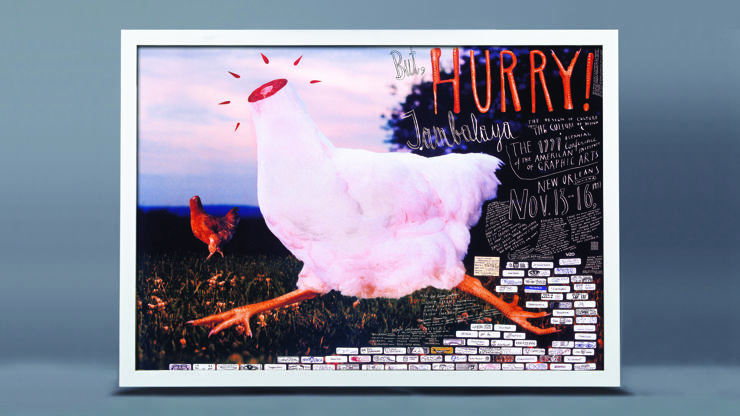





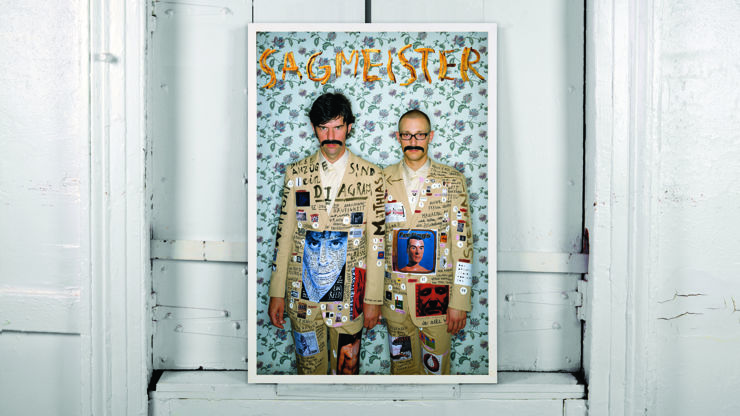


 + membership
+ membership

